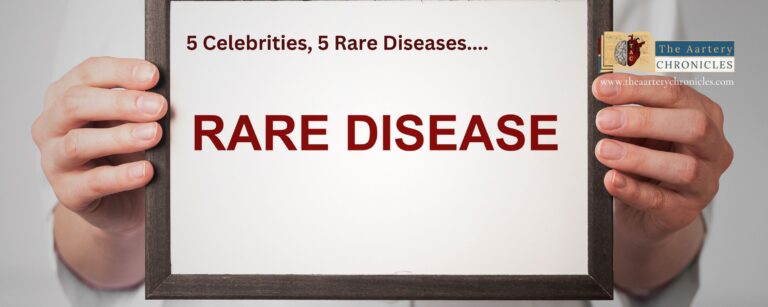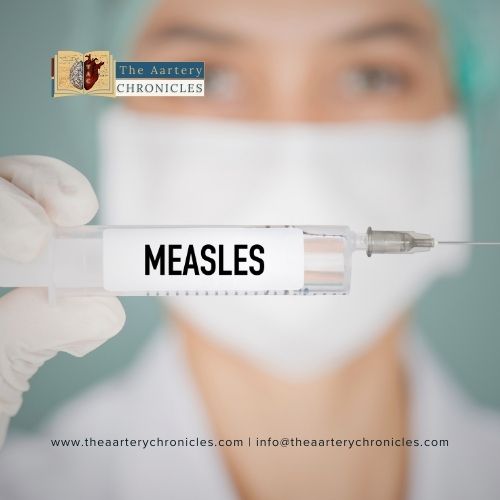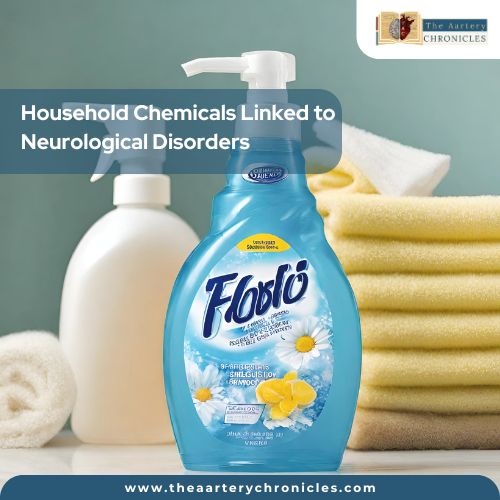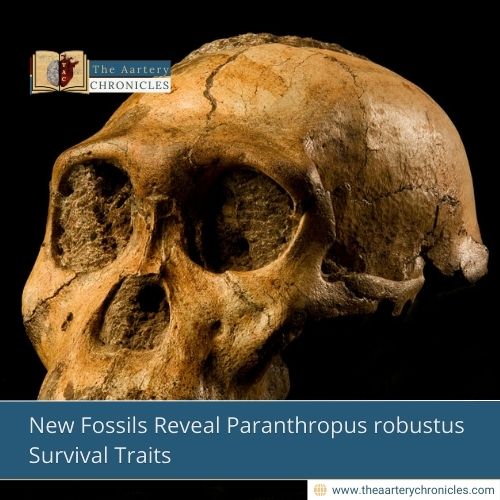

Art Therapy In Medicine: How Creativity Aids Healing And Recovery
Introduction
Art therapy is the use of artistic forms of expression for treating psychological disorders and improving mental health. It is known to heal and alleviate specific symptoms and has many other benefits. Art therapy is one of the ways to treat patients, the others being Music therapy, Dance therapy, writing therapy (Journaling), and Drama therapy (acting). These are all alternative therapies that may be used, with or without medications.
[1] The term ‘Art Therapy’ was coined by Adrian Hill in 1942. Initially, he was lesser known but gradually his ideas spread far and wide with more people joining him.
That means the artwork created by the patients was studied and an insight into their emotional state of mind was obtained, which assisted in their treatment. Her famous quote “Art therapy is a process of creating and reflecting on art that can help us understand ourselves and others on a deeper level”.
Facets of art therapy
- Collage: Preparing a collage of photographs, and stickers, to express how we feel.
- Colouring: Coloring images / pre-drawn design books for increased focus and concentration.
- Doodling/scribbling: Doodling or scribbling squiggles/shapes for learning patience.
- Drawing: Drawing and shading scenes articles or models to express emotions.
- Finger painting: Finger painting releases our inhibitions and expressions.
- Painting: Making paintings to express our thoughts and feelings freely. Glass painting, and fabric painting among a few.
- Photography: Taking photographs of nature or other items that invoke a sense of happiness in us.
- Sculpting/clay modelling: Carving sculptures out of clay or other mediums that amaze us as we give shape to the anonymous clay and watch as it transforms into a beautiful sculpture/clay model with our hands.
- Digital art: Digital art is also gaining popularity where you can use a digital device for your art.
The moral of this exercise of art therapy is to create, review and feel a sense of accomplishment and contentment. At the same time, it can help us to recognize any thoughts, emotions and behaviours that may affect our interpersonal relationships or our day-to-day lives.
Facets of art therapy
What ailments/conditions does art therapy cure?
- Age-related issues: Adults, as they age, can seek refuge in art therapy as a means of staying occupied and maybe earning an income, to be financially independent.
- Trauma: patients who have faced any type of trauma in life can be healed by art therapy.
- Health issues: Patients with traumatic brain injuries and cancer can benefit from art therapy.
- Mental health issues: Patients suffering from dementia, autism and depression may also benefit from art therapy.
- Anxiety: Patients with anxiety or stress can benefit from art therapy.
- Eating disorders: Patients with eating disorders, can benefit from art therapy in addition to their ongoing treatment
- Emotional difficulties: Patients facing emotional difficulties can benefit from art therapy.
- Family and relationship issues: People facing issues in their family or relationships can also benefit from art therapy.
- Post-traumatic stress disorder (PTSD): Patients with PTSD can benefit from art therapy.
- Psychosocial issues: People facing mental, emotional, social, and spiritual issues can benefit from art therapy.
- Substance abuse: Patients with substance abuse issues can also benefit from art therapy.
- Child abuse: Children who have undergone abuse/trauma can also benefit from art therapy.
- Child behavioural issues: Children facing issues at home or school or in relationships can benefit from art therapy.
- Learning disability: Adults and children with learning disabilities can greatly benefit from art therapy.
Benefits of art therapy
[2] The Journal of the American Art Therapy Association published a 2016 study which found that stress was reduced and mental health improved in those patients who participated in some form of art therapy for less than an hour each day. Mind you, this was notwithstanding artistic talent or abilities.
A review states that traumatic adults had lowered depression and trauma symptoms by participating in art therapy.
Studies have also shown that cancer patients undergoing treatment showed an improvement in their quality of life as well as alleviated psychological symptoms.
A study has shown that older adults residing in nursing homes regained their self-esteem and were less depressed because of art therapy.
Let us see some of the other benefits of art therapy:
- Stress buster: Art therapy is a great way to reduce stress, and anxiety and calm the mind.
- Cognitive: Art therapy is a good way to exercise our cognitive skills.
- Improved relationships: Art therapy helps to improve interpersonal relationships.
- Resolves issues: Art therapy can help resolve any conflicts or issues we may face.
- Understanding: Art therapy helps us understand ourselves better, thereby making us evolve.
- Peace of mind: Art therapy gives us peace of mind and calms us.
- Expression: Art therapy makes us express ourselves freely without any judgment.
- Learn: Art therapy enhances our ability to learn new things.
Art therapy does not require you to be a Picasso or M.F. Hussain. It is more a way in which you can express your feelings and emotions, as you wish. It is a therapeutic form that makes you heal by way of expression. There is no format, you do what you choose. It is your prerogative. It is a means to understand yourself, your feelings, and your emotions better so that you can improve the quality of your life.
There are qualified and well-trained professionals who assist patients with art therapy to interpret the artwork of the patient and treat them accordingly. It is easier to understand the issues that children face because they are unable to voice their feelings comfortably but their art says it all.
Let us say, it is a way of laying all your cards on the table, but, via the medium of art. More research is required to ascertain the maximum benefits of art therapy.
Remember this: you are the best artist! Art is the best medicine!









